
Blog
How to Maximize Energy Efficiency with Solar Panel Power Solutions
As the demand for sustainable energy solutions continues to rise, integrating solar panel power into residential and commercial energy systems has become a vital strategy for maximizing energy efficiency. According to the U.S. Department of Energy, solar power is expected to account for approximately 20% of the country’s electricity generation by 2040, highlighting its growing significance in the energy landscape. The National Renewable Energy Laboratory also reports that homeowners can save an average of $20,000 over the lifespan of a solar panel system due to decreased energy costs. By adopting solar panel power solutions, not only can consumers reduce their reliance on fossil fuels, but they can also lower their carbon footprint and contribute to a more sustainable future. This guide aims to provide actionable insights for maximizing energy efficiency through the strategic implementation of solar panel technologies.
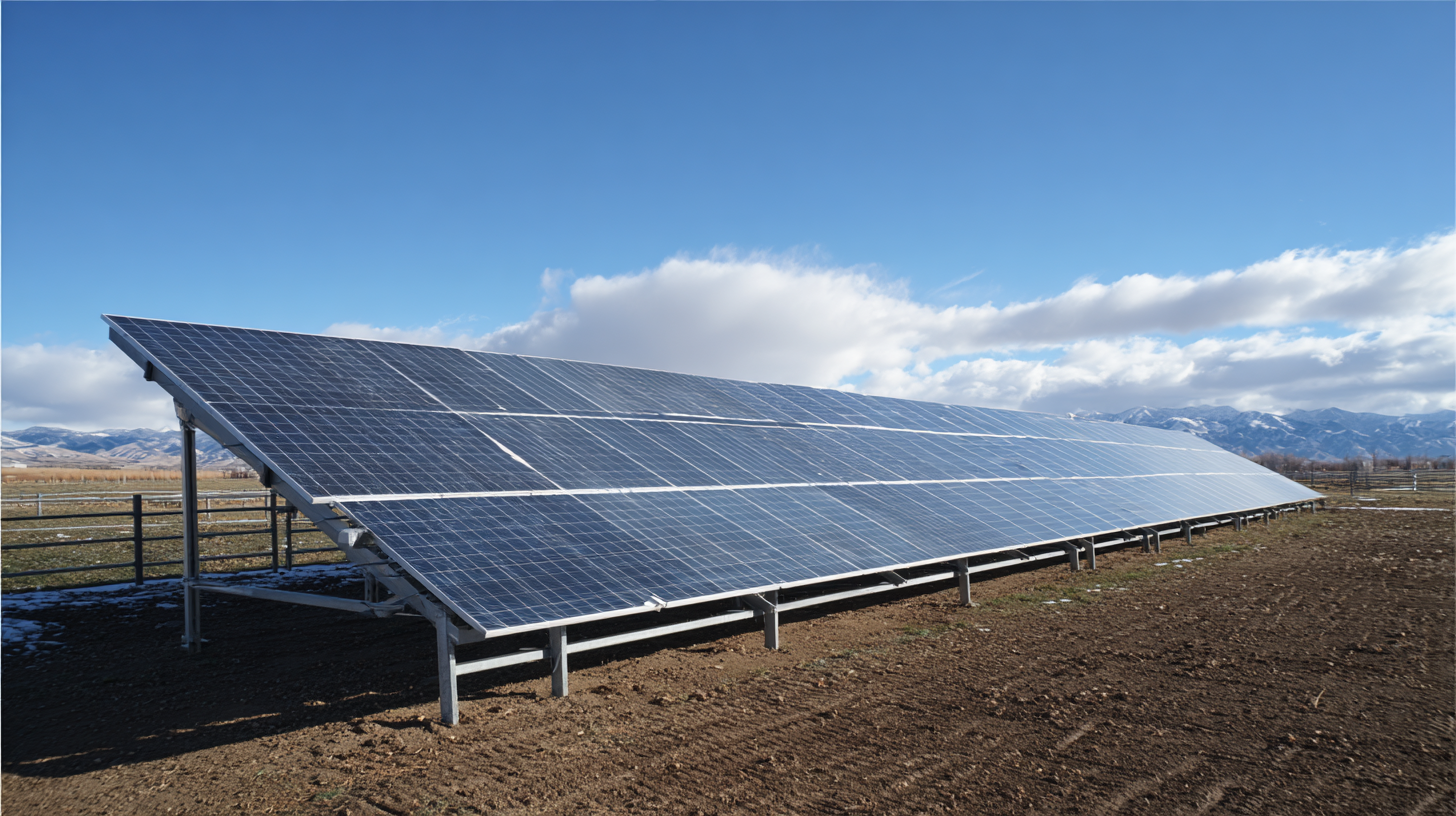
Benefits of Solar Panel Installation for Energy Efficiency
The installation of solar panels has emerged as a vital solution for enhancing energy efficiency in residential and commercial spaces. According to the U.S. Department of Energy, solar energy systems can reduce electricity bills by up to 50%, depending on the size of the system and local utility rates. By converting sunlight into electricity, solar panels not only lessen dependency on fossil fuels but also lead to significant reductions in carbon emissions, contributing to a cleaner environment.
Moreover, the economic benefits of solar panel installation are substantial. A report by the National Renewable Energy Laboratory indicates that investing in solar energy can yield a return on investment ranging from 10% to 30% over the system's lifespan. Additionally, properties with solar panel systems have shown an increase in market value by an average of $15,000 compared to homes without solar installations. This dual advantage of cost savings and increased property value makes solar panels an attractive choice for energy-conscious consumers aiming to maximize energy efficiency.
How to Maximize Energy Efficiency with Solar Panel Power Solutions - Benefits of Solar Panel Installation for Energy Efficiency
| Benefit | Description | Estimated Savings (%) | Reduction in Carbon Footprint (kg/year) |
|---|---|---|---|
| Lower Energy Bills | Solar panels significantly reduce energy costs by generating electricity from sunlight. | 20-50% | 1,200 kg |
| Increased Property Value | Homes with solar energy systems have a higher resale value. | 4-6% | N/A |
| Energy Independence | Generating your own energy means relying less on the grid and fossil fuels. | N/A | 2,000 kg |
| Government Incentives | Many regions offer tax credits or rebates for solar installation. | 10-30% | N/A |
| Sustainable Energy Source | Solar energy is renewable and reduces dependence on fossil fuels. | N/A | 1,500 kg |
Choosing the Right Solar Panels for Maximum Output
When it comes to maximizing energy efficiency through solar panel solutions, selecting the right solar panels is crucial for achieving optimal output. According to the Solar Energy Industries Association (SEIA), the average efficiency of solar panels has increased from around 15% in 2010 to over 22% today. As technology advances, panels made from monocrystalline materials tend to offer higher efficiencies, making them a preferred choice for homeowners looking to maximize energy production.
Tips for choosing solar panels include examining the efficiency ratings and power output of different models. Prioritize panels from reputable manufacturers who provide robust warranties; many offer warranties of 25 years or more. Additionally, consider the installation process's compatibility with your roof type and geographical location since these factors significantly influence solar energy absorption.
Another critical factor is the balance of system components, which includes inverters and mounting systems. The U.S. Department of Energy indicates that optimizing these components can improve the overall efficiency of your solar system by up to 30%. Ensuring that all elements of your solar setup work harmoniously enhances the performance and longevity of your investment.
Strategies for Integrating Solar Power into Your Home
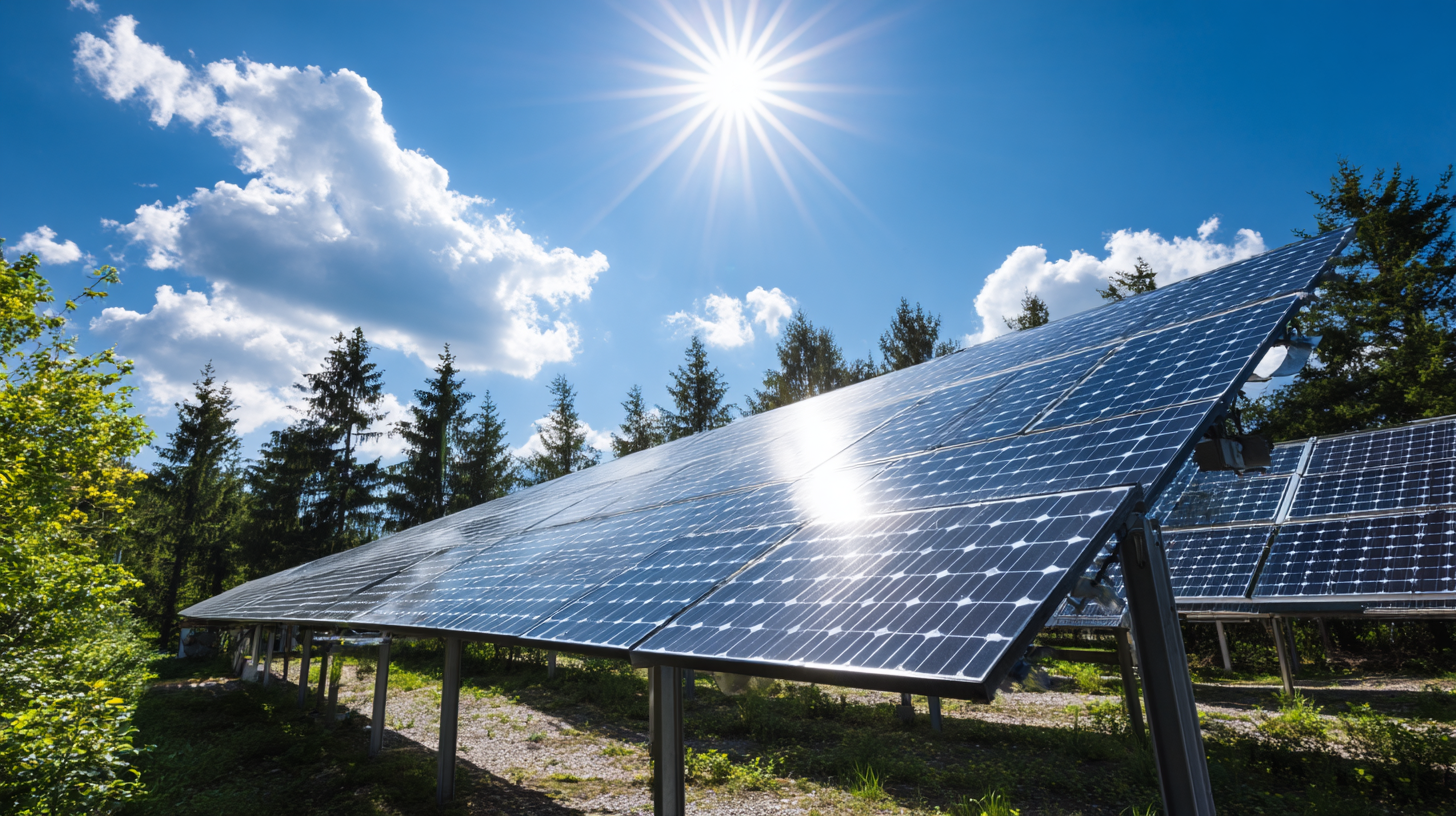 Integrating solar power into your home is a smart strategy for maximizing energy efficiency and reducing utility costs. According to the U.S. Energy Information Administration (EIA), residential solar power capacity has surged by 167% from 2015 to 2020, demonstrating a growing trend among homeowners to harness renewable energy sources. One effective integration strategy is to conduct an energy audit. This assessment helps identify your household's energy usage patterns and efficiency opportunities, making it easier to size your solar panel system appropriately. By tailoring your solar power solution to your specific needs, you can ensure that you're generating enough energy to meet your household requirements while minimizing wastage.
Integrating solar power into your home is a smart strategy for maximizing energy efficiency and reducing utility costs. According to the U.S. Energy Information Administration (EIA), residential solar power capacity has surged by 167% from 2015 to 2020, demonstrating a growing trend among homeowners to harness renewable energy sources. One effective integration strategy is to conduct an energy audit. This assessment helps identify your household's energy usage patterns and efficiency opportunities, making it easier to size your solar panel system appropriately. By tailoring your solar power solution to your specific needs, you can ensure that you're generating enough energy to meet your household requirements while minimizing wastage.
Another key strategy is to consider the placement and orientation of your solar panels. The National Renewable Energy Laboratory (NREL) emphasizes that the most efficient solar installations typically face south and are set at pitch angles that maximize sunlight exposure. Additionally, incorporating energy storage solutions, such as batteries, can further enhance efficiency by storing excess energy generated during the day for use during peak hours. This not only stabilizes your energy supply but also allows you to take advantage of time-of-use rates and keep your energy costs down. By strategically planning your solar integration, you can significantly enhance your home's energy efficiency.
How to Optimize Solar Panel Placement and Orientation
Optimizing the placement and orientation of solar panels is crucial for maximizing energy efficiency. To achieve this, one must consider the geographical location and the angle of sunlight throughout the day. Solar panels should ideally face true south in the northern hemisphere and true north in the southern hemisphere to capture the maximum amount of sunlight. Additionally, the tilt angle of the panels can be adjusted based on the latitude of the installation site; a steeper angle during winter months can help optimize energy collection when the sun is lower in the sky.
Another important aspect of solar panel placement is minimizing shading from surrounding structures or trees. Even partial shading can significantly reduce the overall energy output. A thorough site assessment should be conducted to identify any potential obstructions. Furthermore, utilizing mounting systems that allow for adjustments can enhance efficiency, as they can be angled to follow the sun's path, maximizing exposure. By carefully considering these factors, homeowners and business owners can vastly improve the performance of their solar panel systems and achieve greater energy savings.
Maximize Energy Efficiency with Solar Panel Placement
The following bar chart illustrates the impact of different solar panel orientations and placements on energy efficiency. The data reflects average energy output (in kWh) for various configurations throughout the year.
Monitoring and Maintaining Solar Systems for Peak Performance
Monitoring and maintaining solar systems is crucial for ensuring they operate at peak performance. Regular inspections can help identify any issues early, preventing more significant problems down the line. Keep an eye on the inverter status and monitor energy production through a compatible app or software. This will allow you to compare real-time output with expected performance, letting you spot any discrepancies quickly.
Tips for maintaining your solar system include regular cleaning of solar panels. Dust, dirt, and debris can significantly diminish efficiency, so consider washing them every six months or hiring a professional service. Additionally, ensure that the area surrounding the panels is free from overhanging branches or vegetation that might cast shadows. This helps maximize sunlight exposure, which is essential for optimal energy collection.
Lastly, schedule annual professional maintenance checks to evaluate system performance. Technicians can conduct thorough inspections, check for wear and tear, and adjust configurations to enhance efficiency. Implementing these maintenance practices not only prolongs the life of your solar system but also ensures that you are reaping the full benefits of your investment in renewable energy.
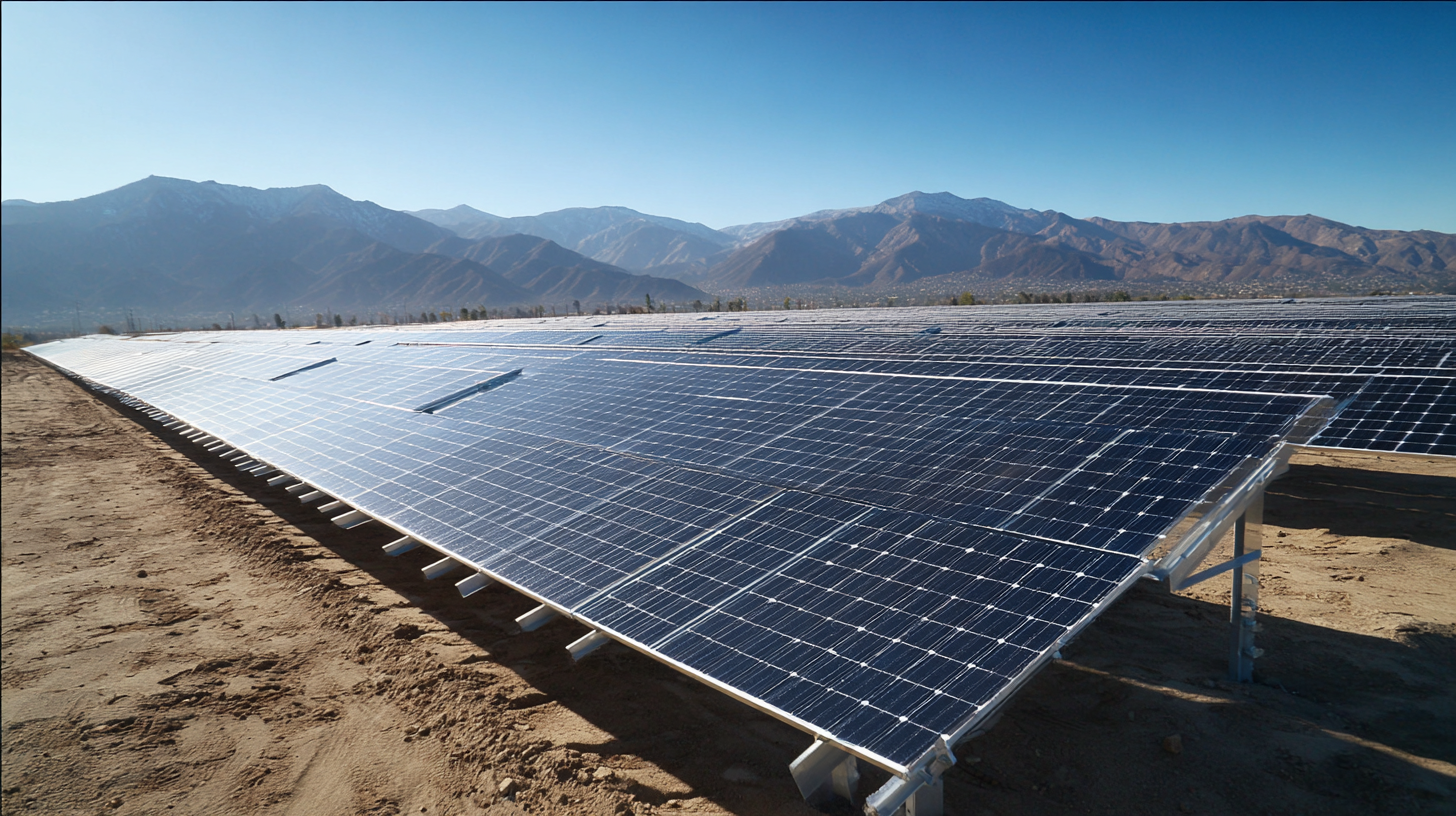
Related Posts
-

Ultimate Checklist for Choosing the Right Solar Power Solutions for Your Business Needs
-

Unlocking the Advantages of Solar Engineering for Sustainable Energy Solutions
-

Navigating Industry Standards: Challenges in Sourcing the Best Green Solar Panels Globally
-
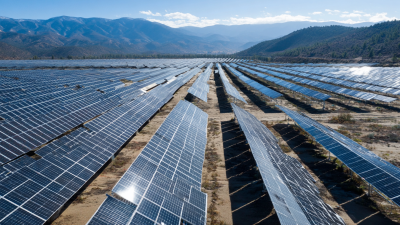
Top Green Solar Power Solutions for Ultimate Energy Efficiency Comparison
-

Evaluating the Ecological Benefits of Green Power vs Traditional Energy Sources: A Comprehensive Comparison
-
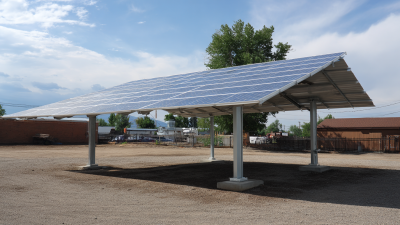
Comprehensive Guide to Choosing the Right Solar Panel Mounting Structure for Optimal Efficiency